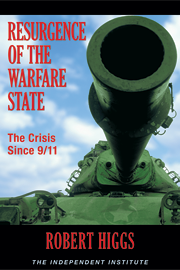Remember recently, when you turned your clock back? How about last March, when you turned your clock forward, and lost an hour of sleep? Thanks to daylight saving time (DST), we all get a healthy dose of jet-lag (or jet-lead) to start our morning, twice a year, every year. Well, if we were to adopt Coordinated Universal Time (UTC), you wouldn’t have to do that next March.
Coordinated Universal Time, also known as Greenwich Mean Time, is the system in which everyone’s watches around the world would be set at exactly the same time. The only difference they would notice, depending on where they are located, would be where the sun is in the sky at a particular hour. Thus, midday would be as it is today in all parts of the world, when the sun reaches its highest point in the sky. What would be different under UTC is the time on your watch. In New York, midday would no longer be 12:00 p.m., but rather 5:00 p.m. (17:00 UTC). Morning would still be light, and night would still be dark; it would only be the numbers on a clockface that we associate with those times that would change.
Before the adoption of standard measures of time, every city, depending on its location, observed its own solar time.. In the early 19th century, there were more than 300 “sun zones” in the U.S. alone. It wasn’t until 1918, with the passage of the Standard Time Act, that the United States’ five current time zones (excluding Hawaii) were enacted into law. The story in Canada was much the same.











